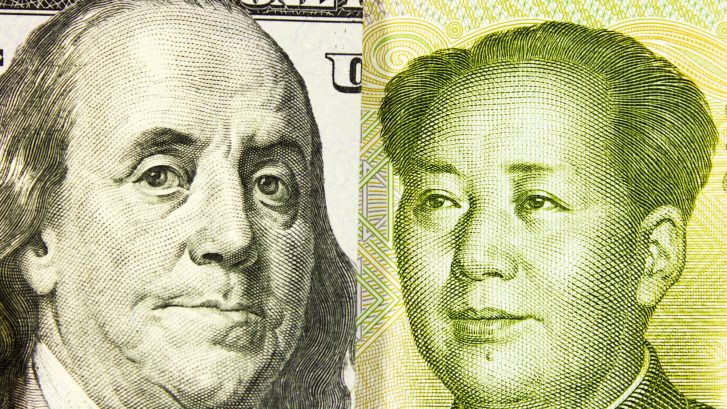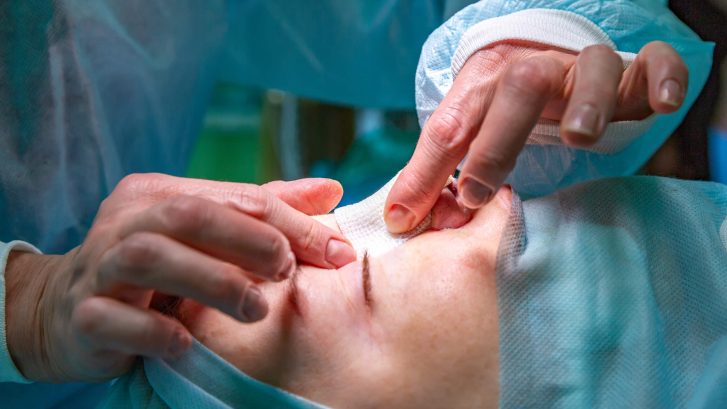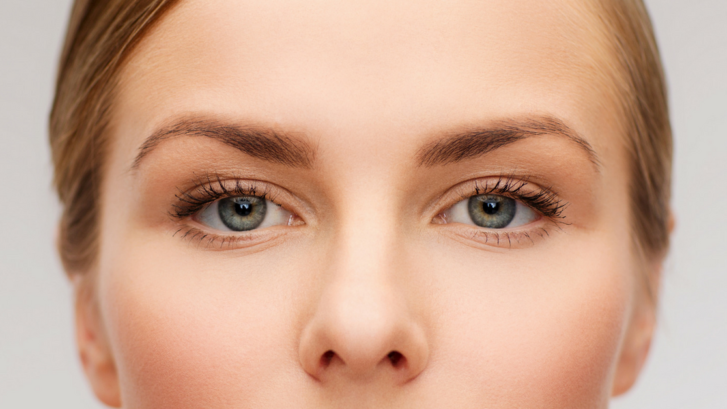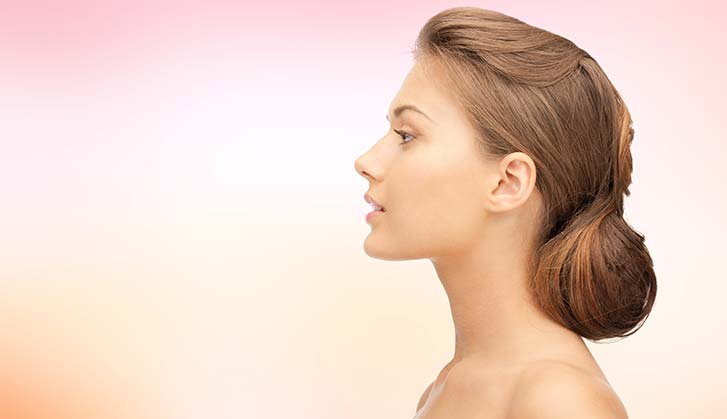What is Septoplasty and When Should It Be Considered?
Septoplasty is one of the most commonly performed ear, nose, and throat procedures performed globally and for a good reason. It is often performed for aesthetic reasons, but it has many other functions. It can be used to treat a wide range of conditions that affect the nose. While it’s commonly referred to as a rhinoplasty, patients must understand that septoplasty and rhinoplasty are two completely separate procedures.
What is Septoplasty?
Septoplasty is a surgical procedure performed to help correct problems in the nasal septum. The nasal septum is the structure located in the nose that separates the nose into two separate chambers.
Is a Septoplasty the Same as a Rhinoplasty?
No, septoplasty and rhinoplasty are two separate procedures. They are similar in that they both address structural problems with the nose, both for medical and cosmetic purposes. They can also be done simultaneously to help further improve a patient’s physical and medical concerns.
Common Reasons for a Septoplasty
The most common reasons for septoplasty surgery are to correct breathing problems. Many people have septum deformities that are causing them to experience breathing difficulties, such as a deviated septum. This is especially true for patients who have been diagnosed with sleep apnea. Breathing problems can make it difficult to sleep at night, leading to a host of additional issues.
What’s important to understand is that just because you may have a slightly deviated septum doesn’t mean that septoplasty is necessary. Most people do not have a perfectly straight septum as it can tend to bend or lean to either side during the growing process. In many cases, these patients have little to no issue with their breathing – so a septoplasty isn’t deemed necessary.
However, if you have severe breathing issues that are causing you discomfort and impacting your quality of life, a septoplasty may be a good option.
What Does a Septoplasty Entail?
A septoplasty is a procedure that is considered an outpatient surgery, which means that you will be able to return home on the same day as your procedure. Most patients can go home within two or three hours upon waking up from surgery.
The surgery can last anywhere between 60 and 90 minutes and is done under general anesthesia.
Once you are asleep and prepped, the surgeon will make an incision within the nose to separate the soft tissue from the cartilage and bone. From there, they will begin to cut/trim and straighten the bent cartilage bone and remove any excess to even the nostrils breathing space. Once the shaping is complete, the surgeon will stitch the soft tissue back together and insert cotton packing into your nose to help avoid any nosebleeds.
Once the surgery is complete, the team will allow you to rest and recuperate for a while before waking you up and checking on your condition. You will likely be able to get up and walk around a bit but be encouraged to stay in bed and rest to avoid any complications. If all goes well, you will be able to return to work and normal activities within a few days.
Are There Risks?
Like any surgery, septoplasty carries some risks. However, the risks are generally considered to be minimal. The main risks associated with septoplasty include infection, bleeding, and nasal scarring.
Other potential risks may include an allergic reaction to the anesthesia or any other medication and changes in skin sensation.
Think You May Be a Candidate for a Septoplasty? Dr. Binder Can Help!
If you are experiencing breathing difficulties due to a deviated septum, you may want to consider a septoplasty. Dr. Binder can help you determine if a septoplasty is right for you. He will evaluate your condition and determine if septoplasty is an appropriate course of action. He can also help you understand the risks and benefits of septoplasty to make an informed decision regarding this surgery.
If you think you may be an ideal candidate for a septoplasty, then contact us today to set up a consultation!








 Don’t Try to Cut Costs
Don’t Try to Cut Costs